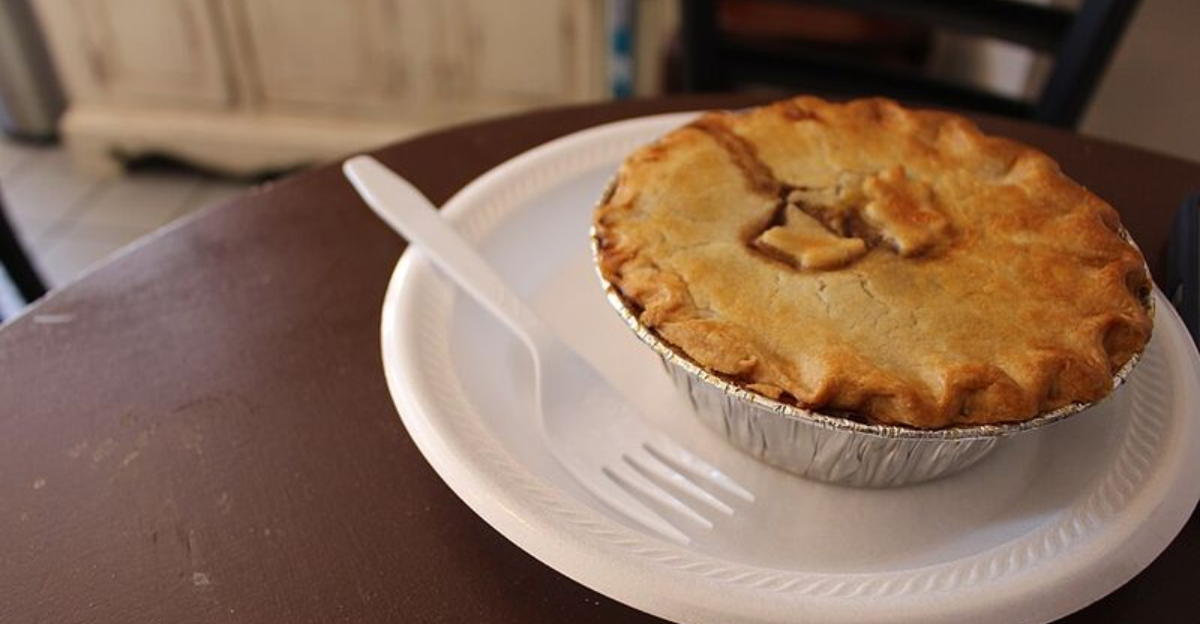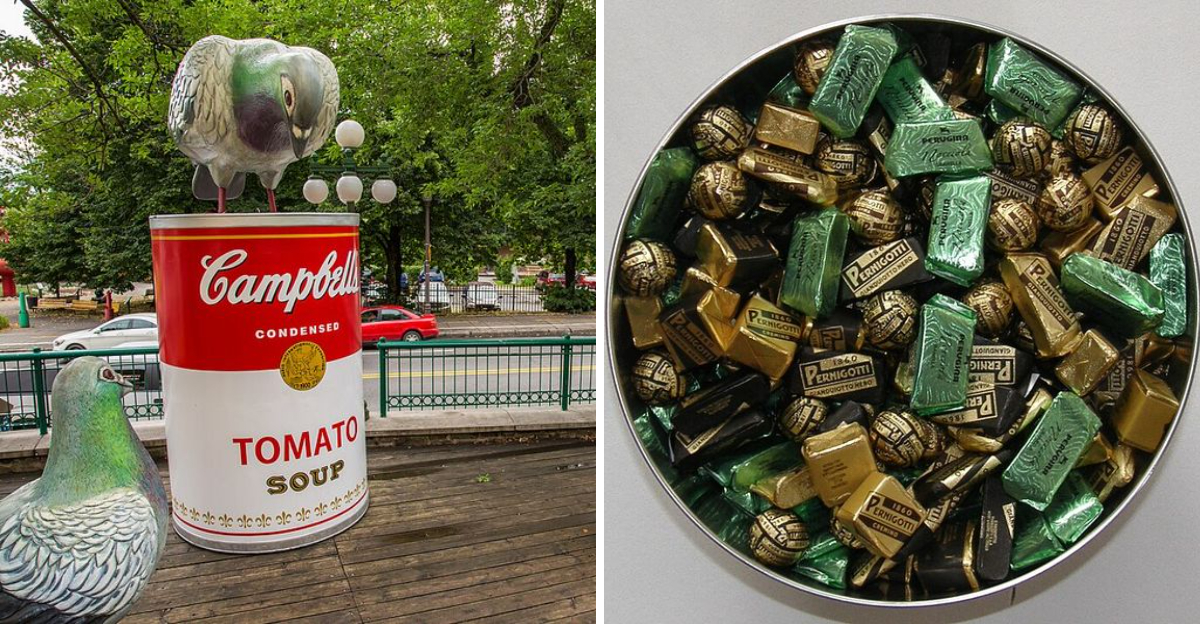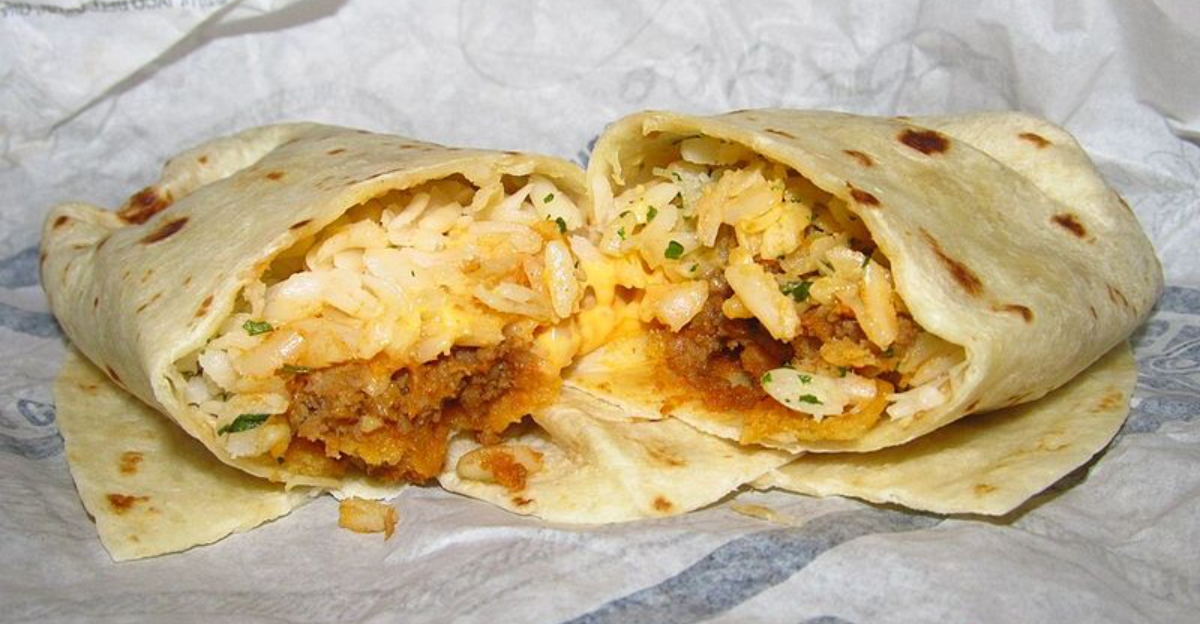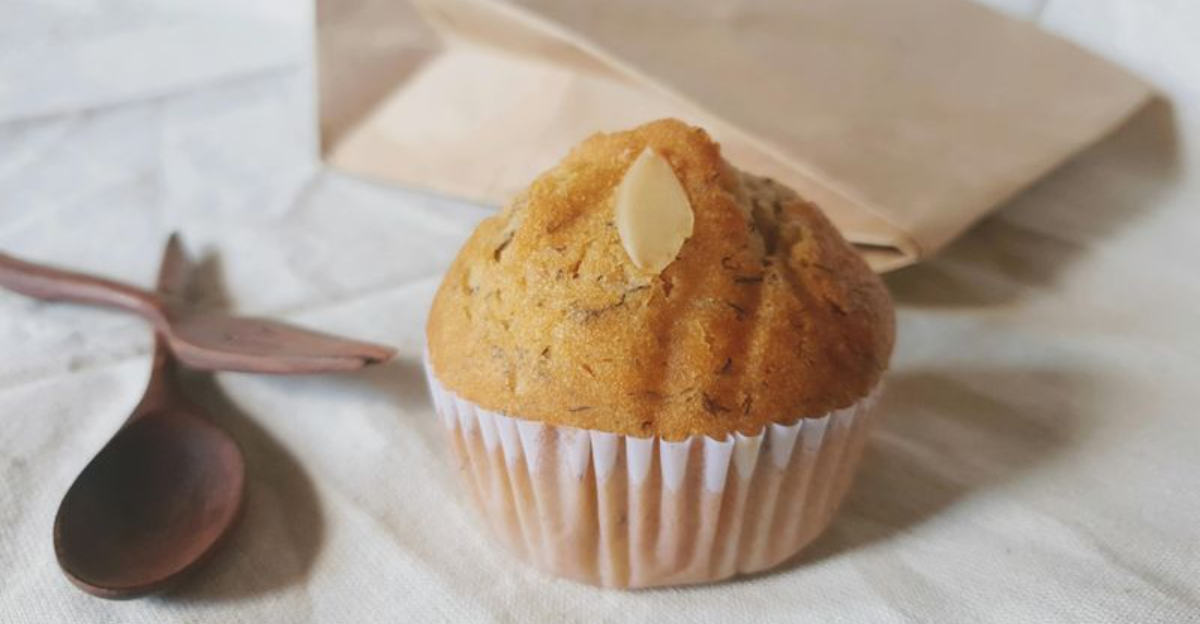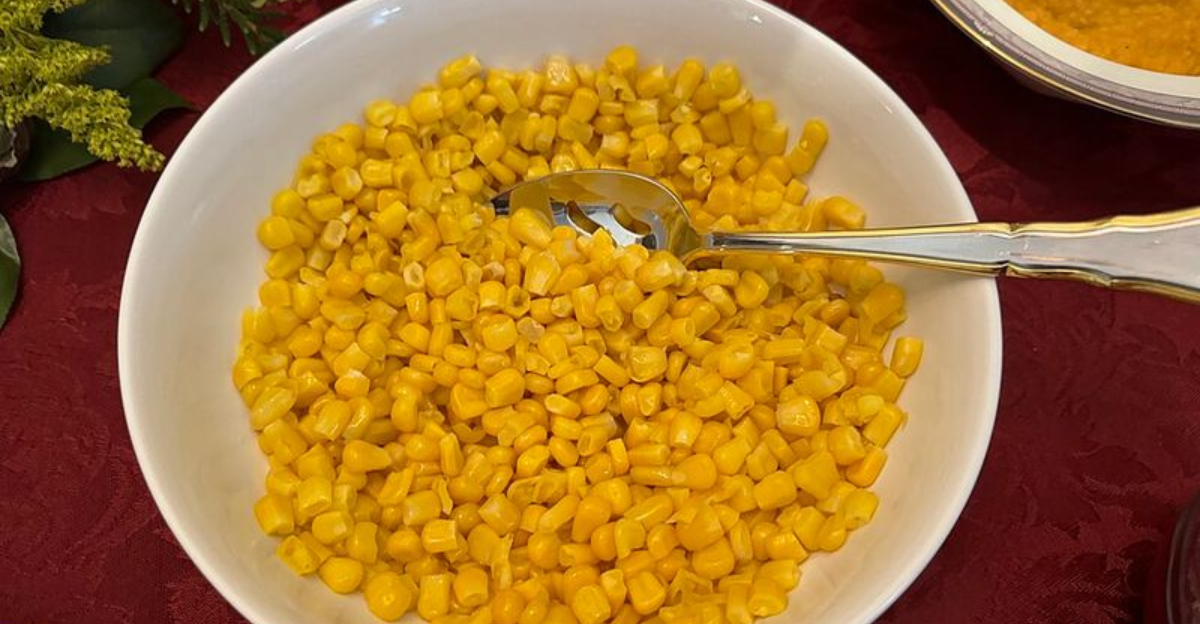10 Common Lamb Cooking Mistakes And How To Avoid Them
Lamb can be one of the most delicious meats you’ll ever taste, but it’s also easy to mess up if you don’t know a few key tricks.
Whether you’re grilling chops for a summer barbecue or roasting a leg for Sunday dinner, avoiding common pitfalls makes all the difference between tender, juicy perfection and tough, dry disappointment. Ready to master lamb like a kitchen superhero? Let’s jump right in.
10. Cooking Lamb Straight From The Fridge
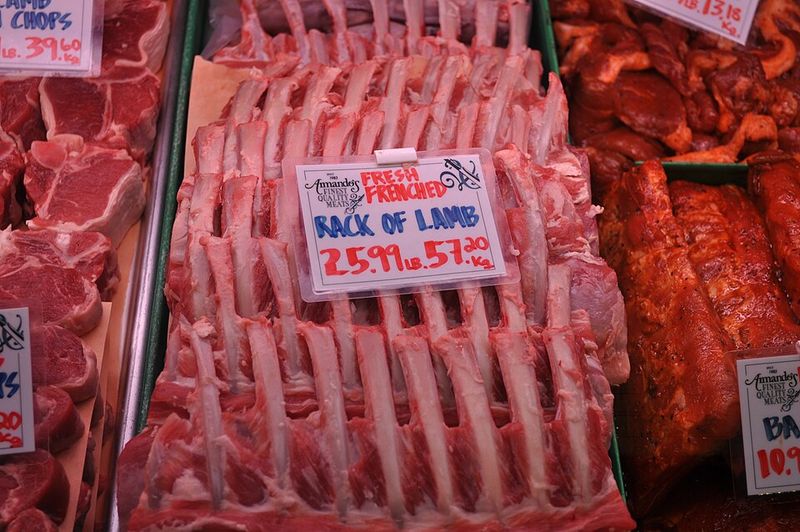
Letting very cold lamb hit a hot pan or oven makes the outside cook fast while the center lags behind, so you end up with dry edges and a cool middle.
Bring lamb out of the fridge about 30 to 60 minutes before cooking, depending on the size of the cut, so it cooks more evenly and tastes way better.
9. Skipping The Sear
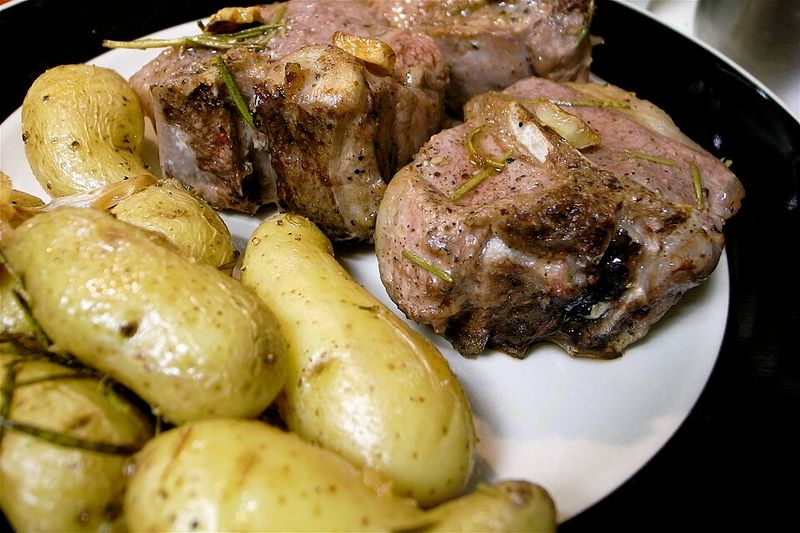
Placing lamb straight into gentle heat without browning wastes a lot of flavor. High heat at the start builds a browned crust that tastes richer and locks in juices.
Pat the meat dry, season it, then sear in a hot pan or on a hot grill before roasting or finishing over lower heat for maximum deliciousness.
8. Guessing Doneness Instead Of Using A Thermometer

Cutting into lamb to check color lets juices escape and still doesn’t tell you much about safety. For safety and tenderness, aim for at least 145°F with a short rest for whole cuts, and 160°F for ground lamb.
Use an instant-read thermometer in the thickest part, away from bone, for perfect results every time.
7. Using The Same Cooking Method For Every Cut
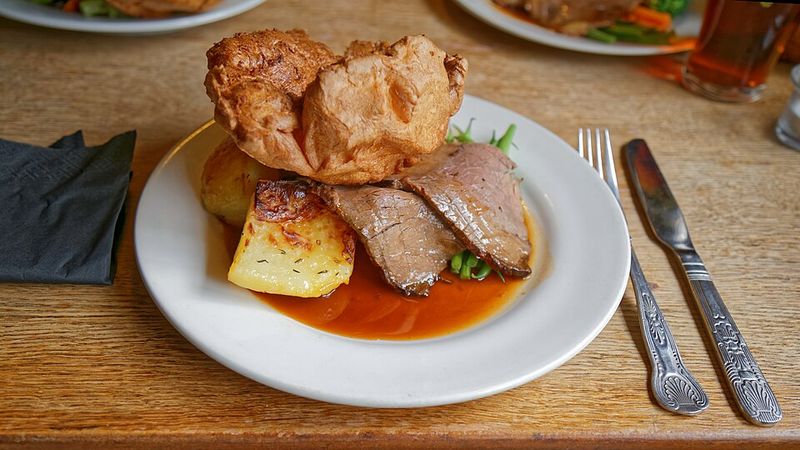
Treating a lamb shoulder or shank like a quick-cooking chop leaves it tough and chewy, while slow-cooking a tender rack too long makes it dry.
Choose methods that match the cut: quick, high heat for chops and racks, slower moist heat for shanks and stew meat to unlock all that tender, fall-apart goodness.
6. Skipping Marinades For Tougher Cuts
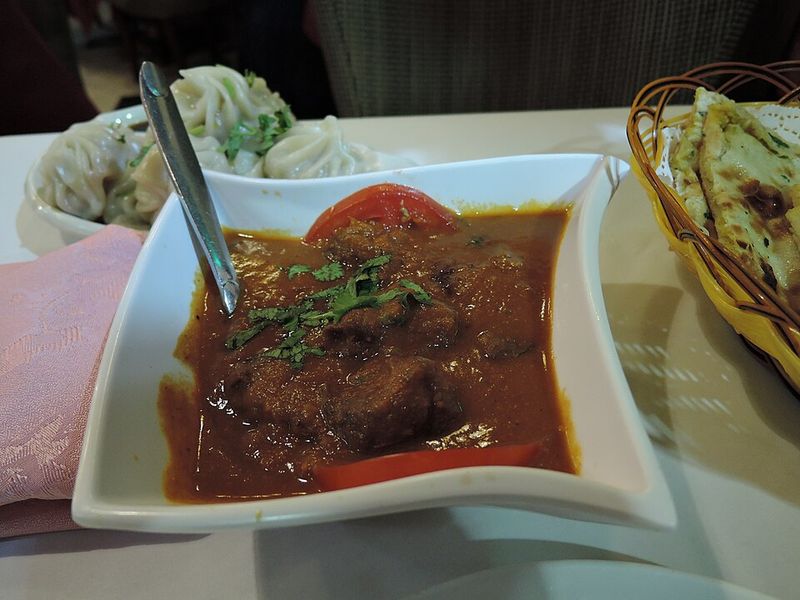
Tougher lamb cuts can taste strong and feel firm if they go in the pan plain. A simple marinade with yogurt or another acidic ingredient plus herbs and garlic helps tenderize the surface and mellow the flavor.
Give at least a few hours, or overnight for large pieces, and you’ll notice a huge difference.
5. Overcrowding The Pan Or Grill
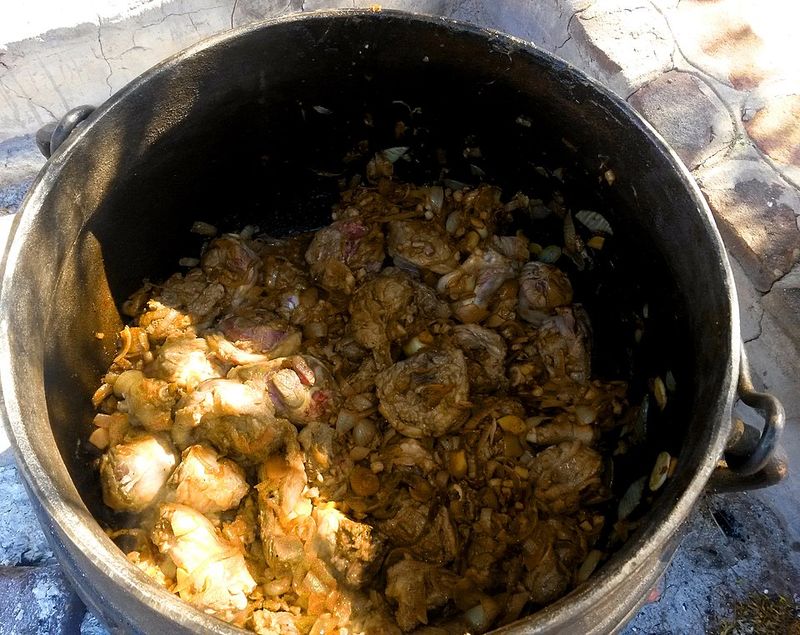
Packing too many pieces of lamb into one pan/pot traps steam and stops browning. Meat ends up gray and watery instead of crisp and caramelized, which is basically a flavor crime.
Cook in batches, leaving space between pieces, so each side can sear properly and develop that irresistible golden crust you crave.
4. Seasoning At The Wrong Time
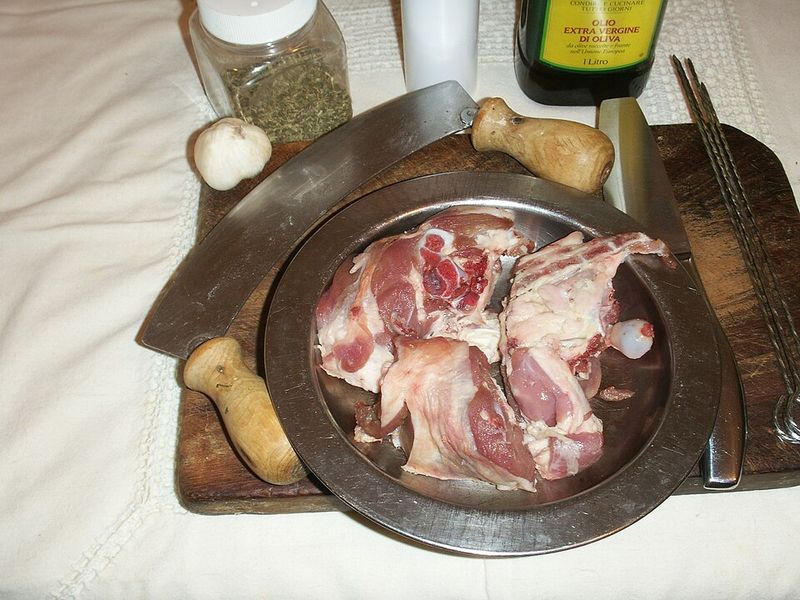
Adding salt only at the very end or sprinkling unevenly means the seasoning sits on the surface instead of working into the meat.
Salt lamb evenly on all sides before cooking, and for large roasts, season at least 30 minutes ahead so the flavor can move inward and make every bite taste amazing.
3. Slicing Before The Meat Has Rested

Cutting into hot lamb the moment it comes off the heat sends juices running onto the cutting board and dries out the slices. Transfer lamb to a warm plate or board, tent loosely with foil, and rest.
Small chops can rest 5 to 10 minutes, large roasts about 15 to 20 minutes.
2. Carving With The Grain Instead Of Against It
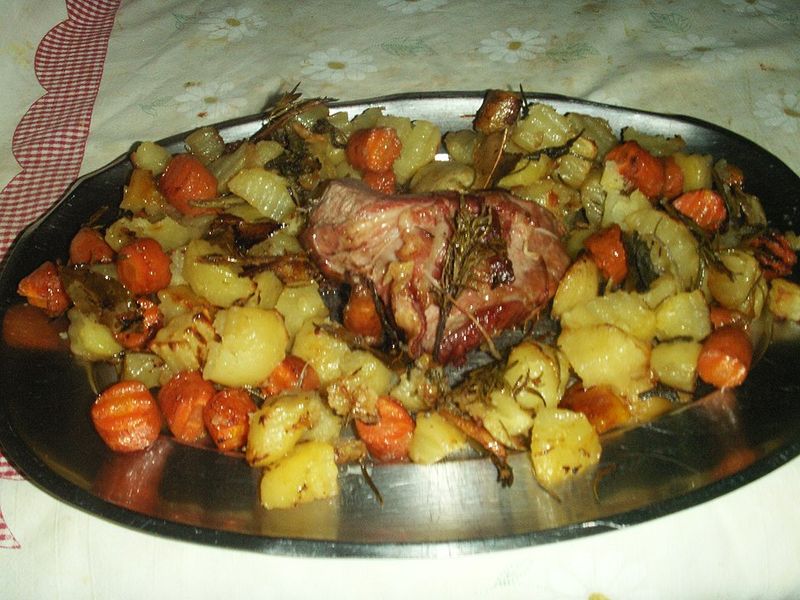
Slicing in the same direction as the muscle fibers leaves long, stringy pieces that feel tougher than they need to. Look for the direction of the grain, then cut across it in thin slices.
Each piece will bite cleanly and feel tender, turning good lamb into absolutely unforgettable lamb that melts in your mouth.
1. Treating Ground Lamb Like A Steak

Ground lamb burgers or patties that are cooked very rare can pose a higher safety risk than whole cuts, since bacteria can be mixed through the meat. Cook ground lamb to at least 160°F, and keep patties juicy by avoiding too much pressing with the spatula.
Safety first, flavor always!


